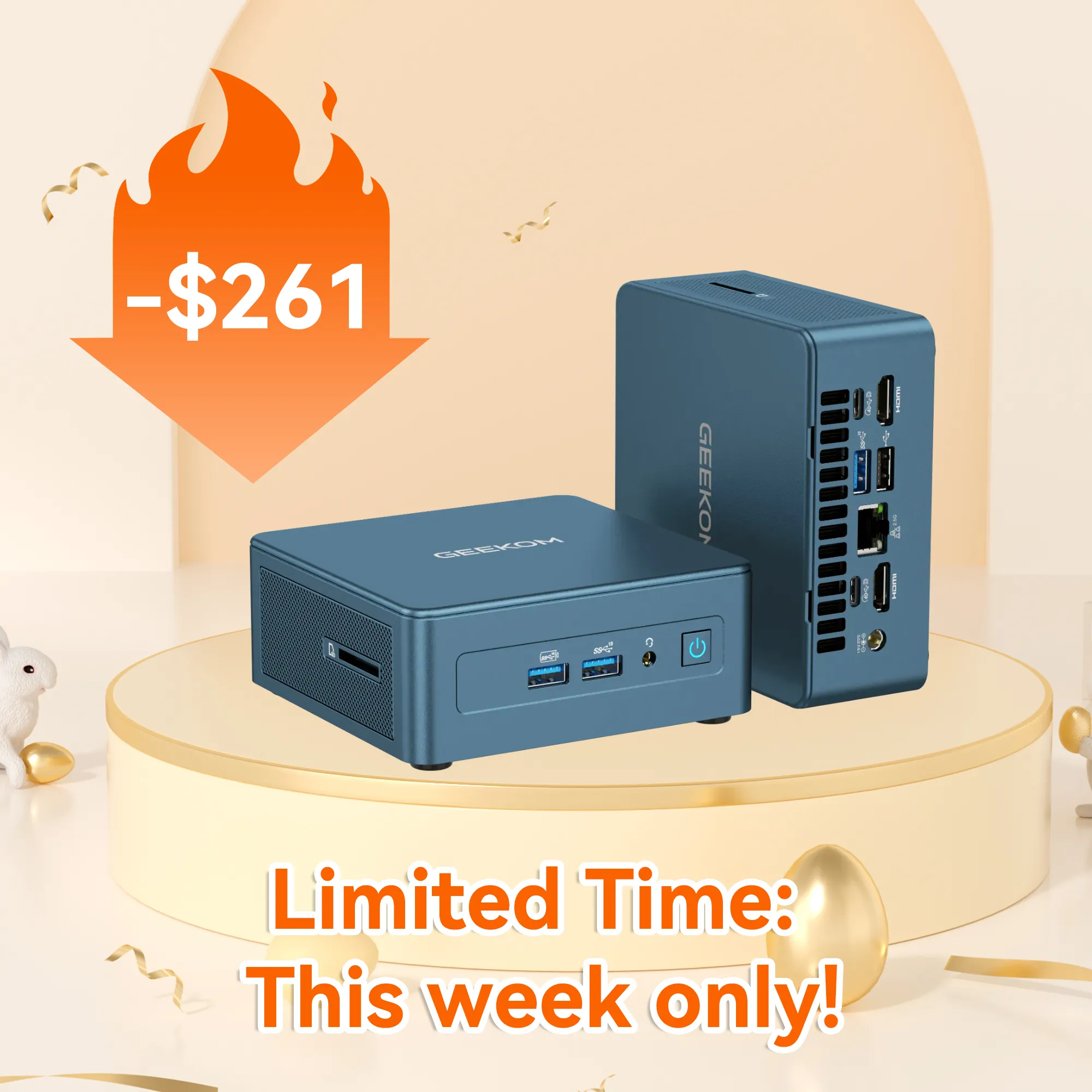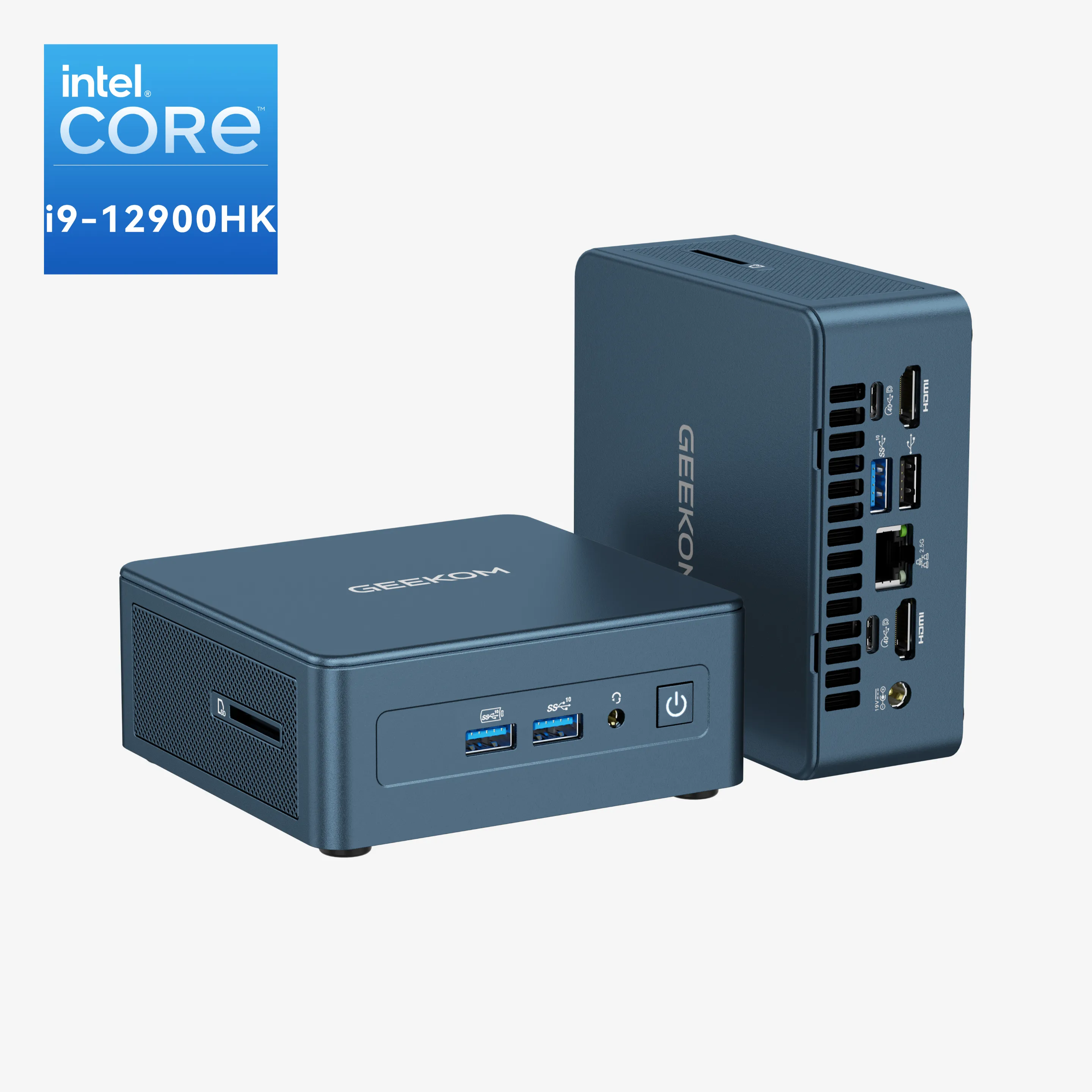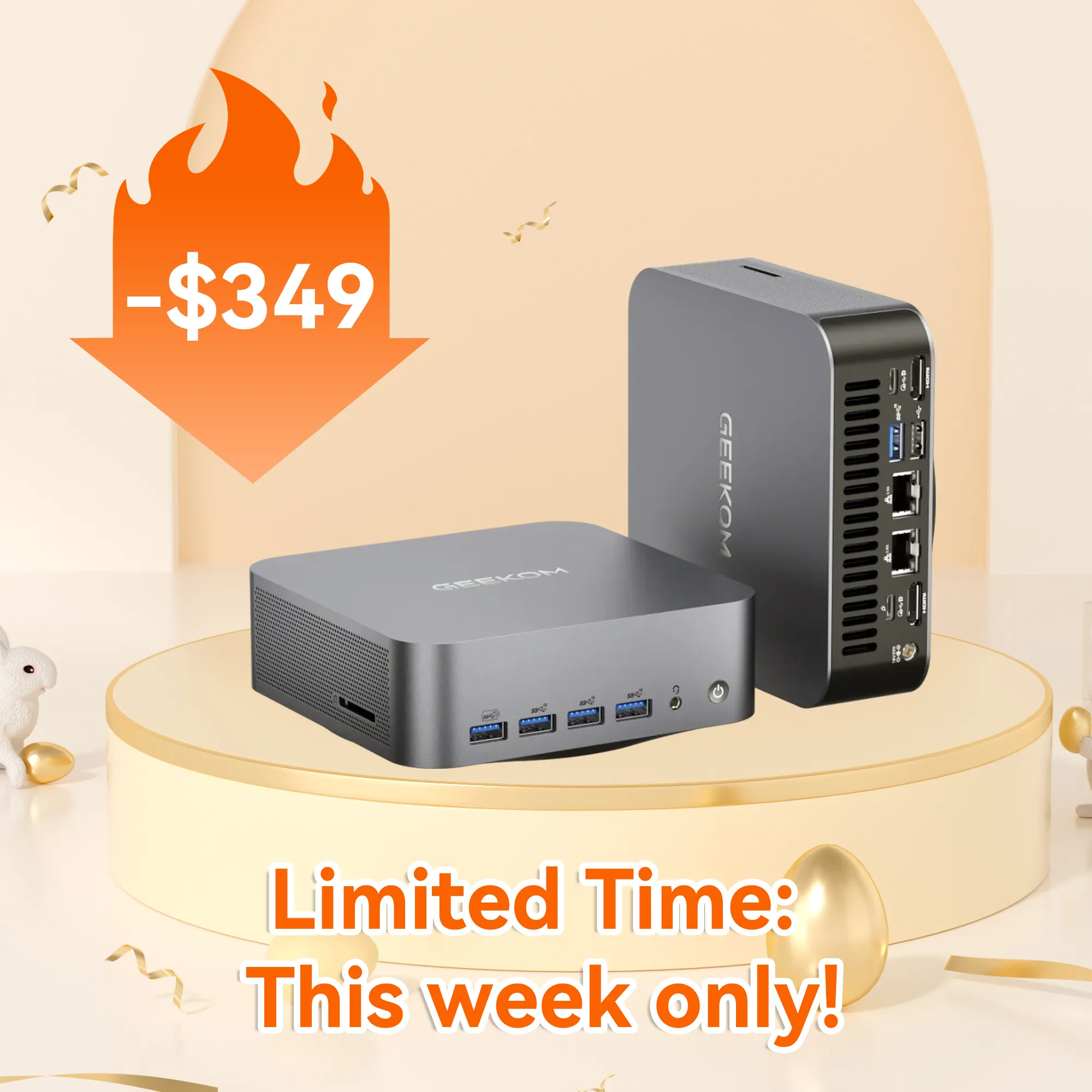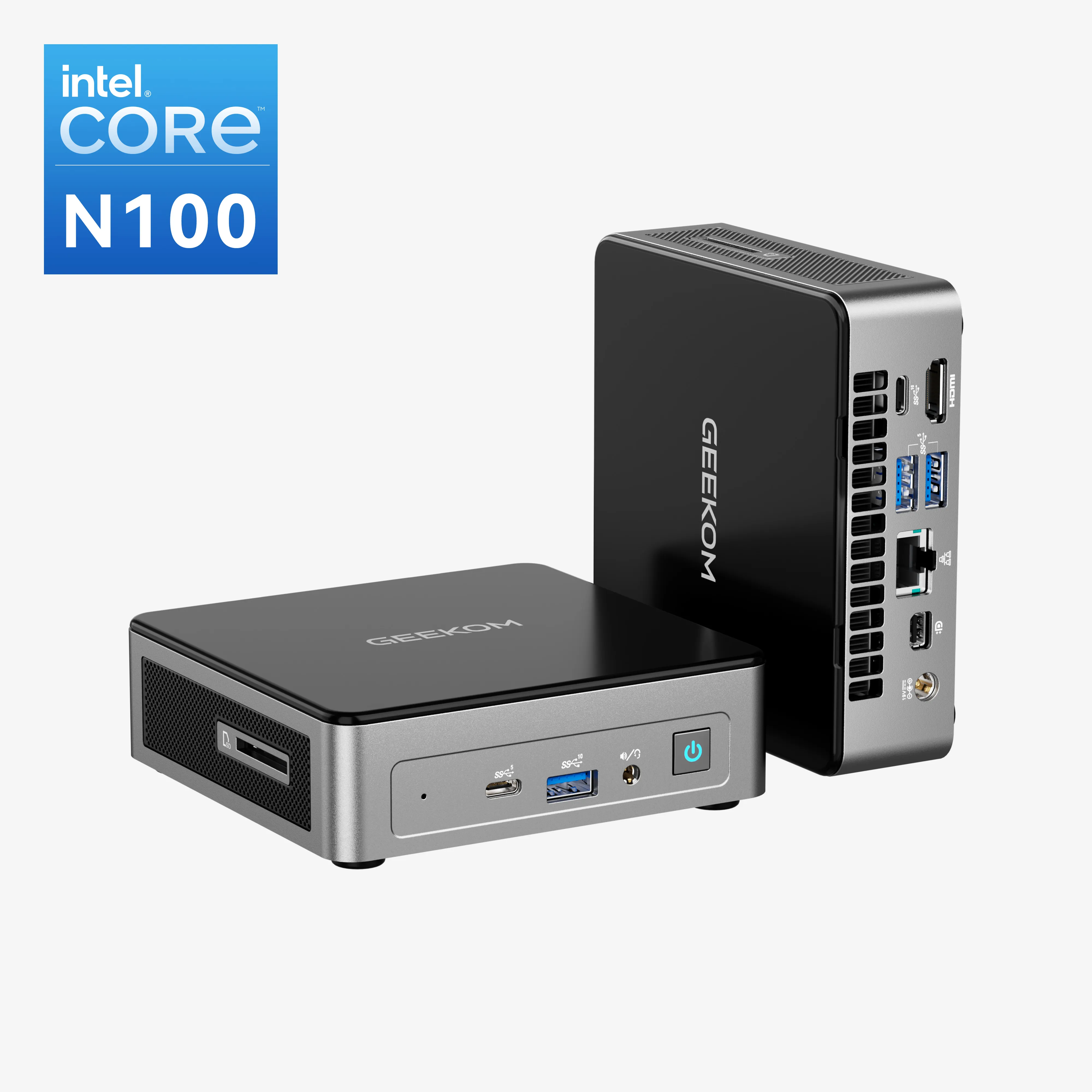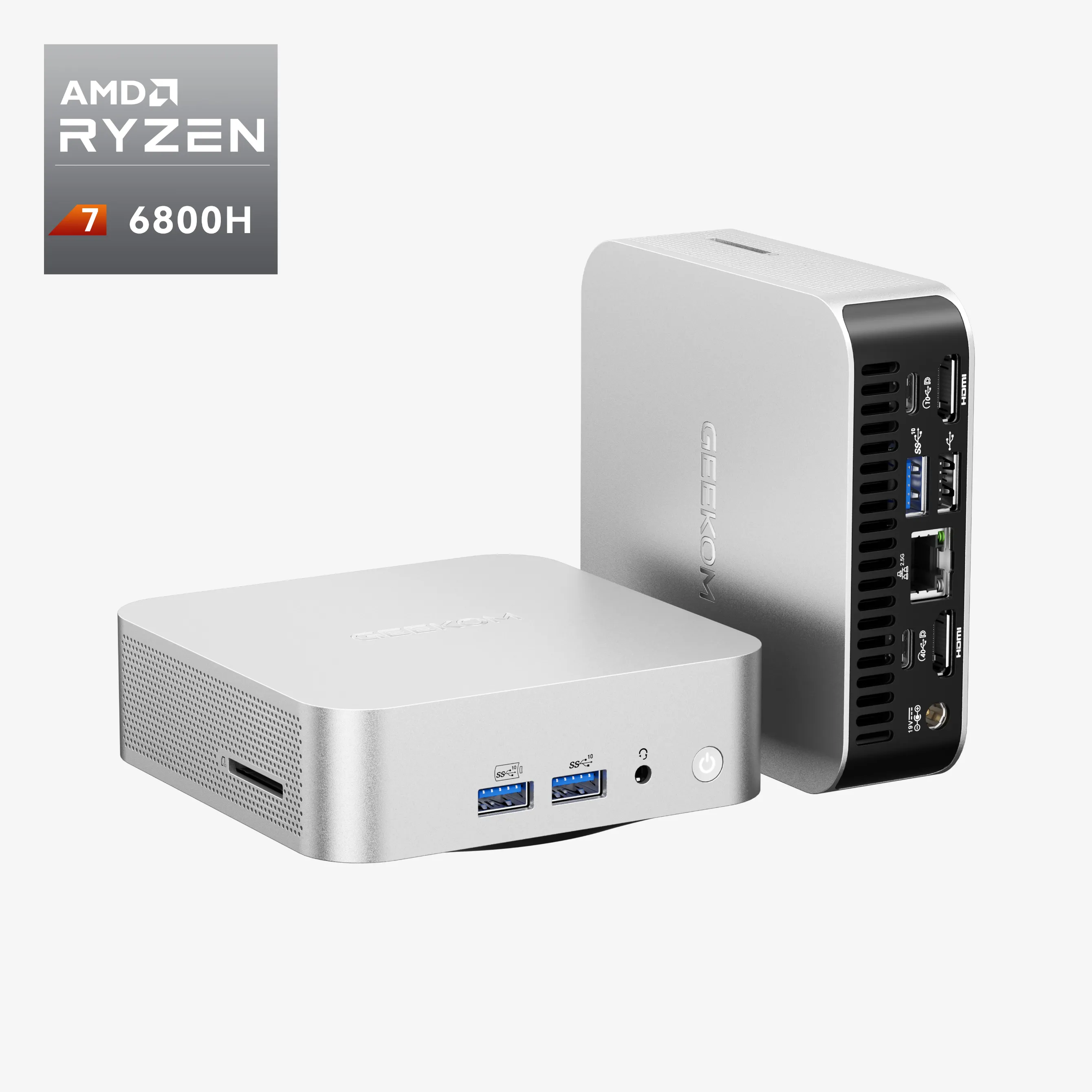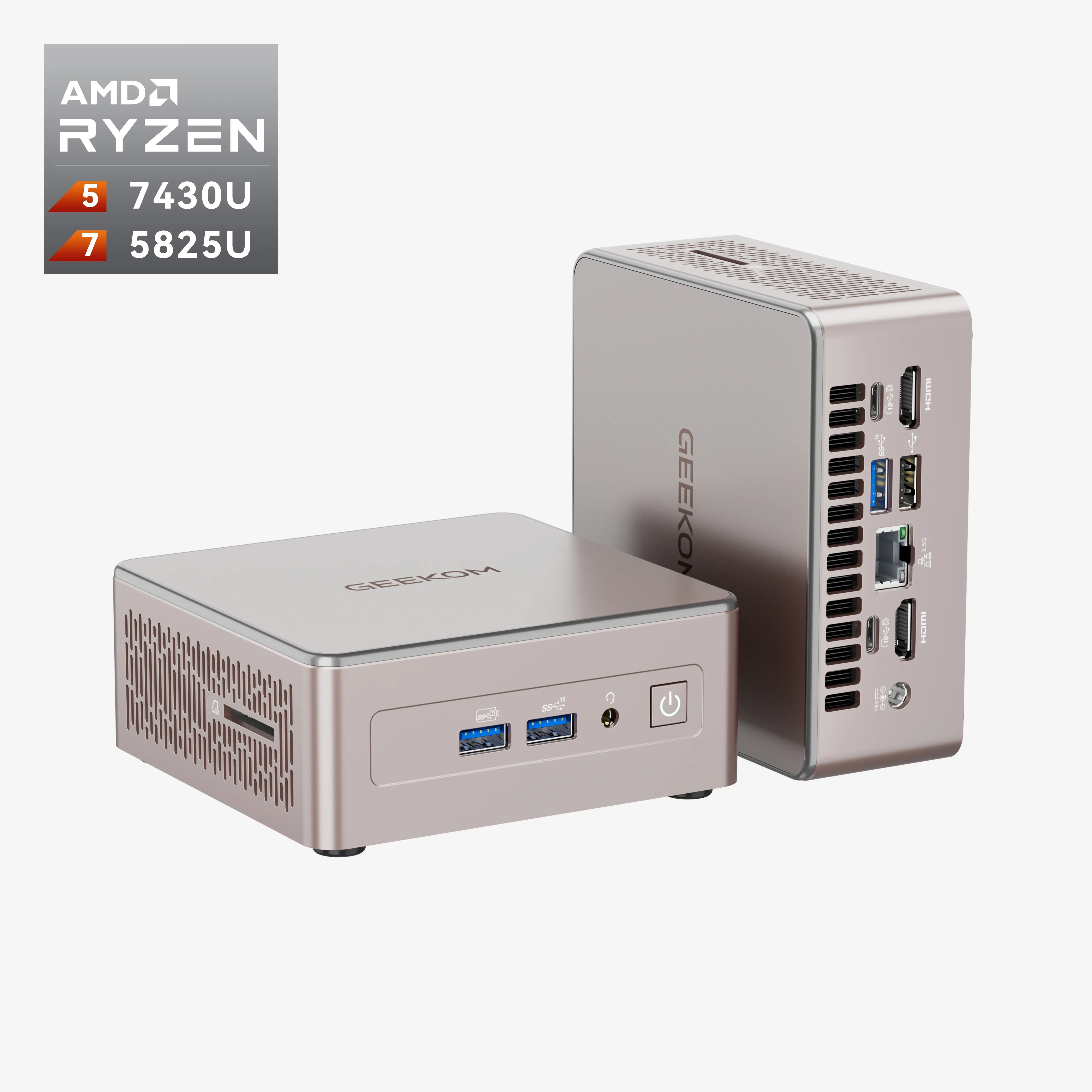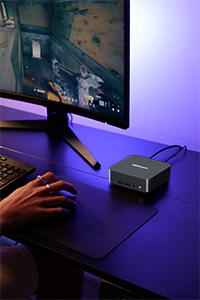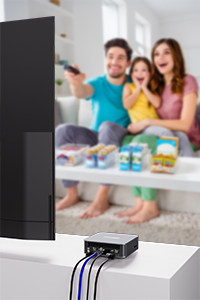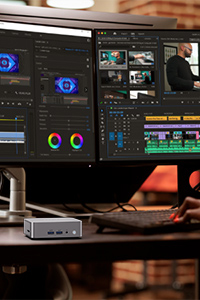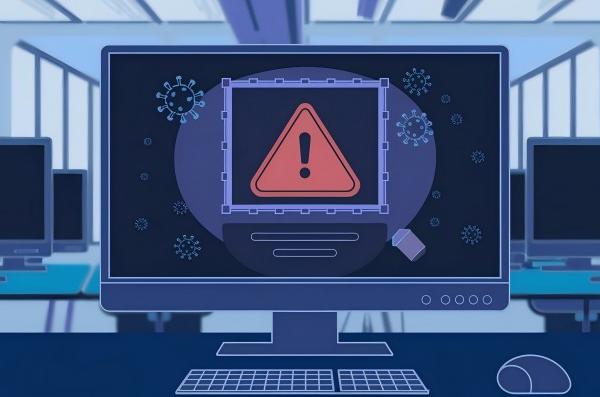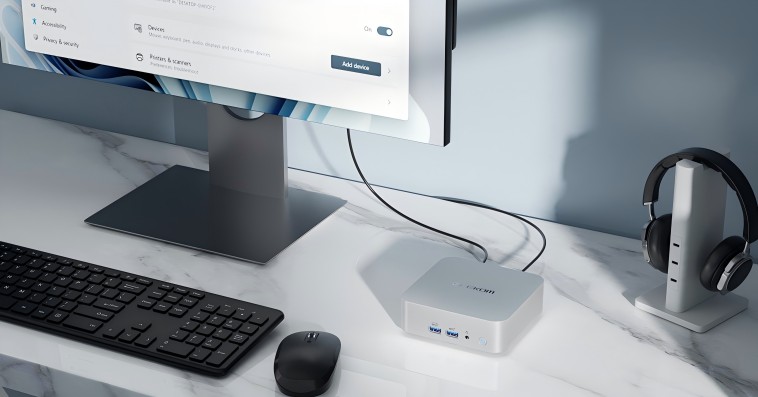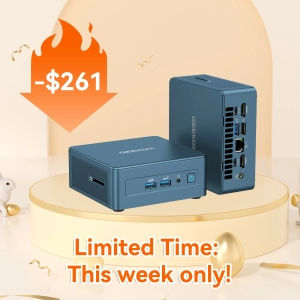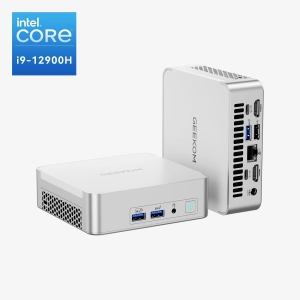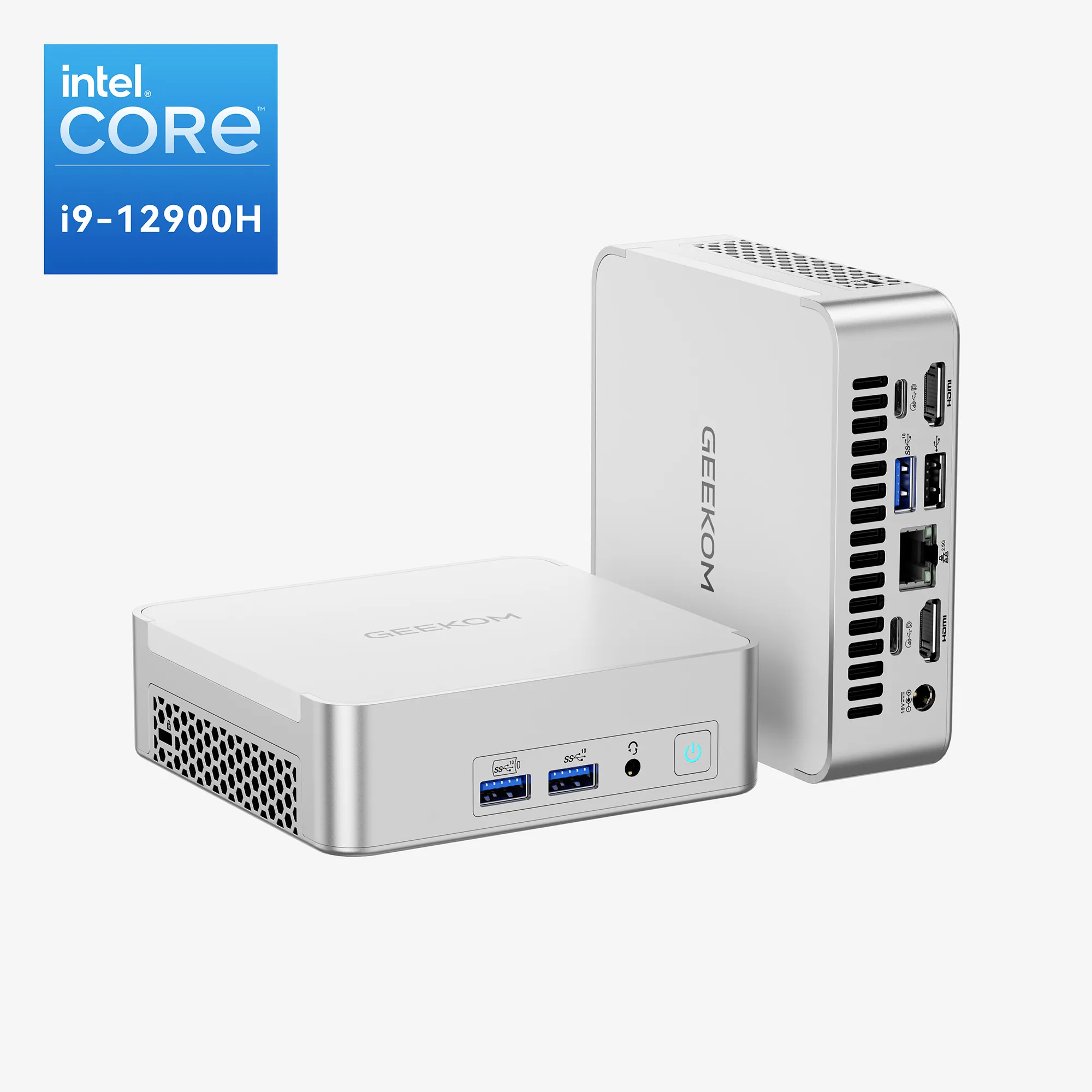The Mini PC is already a game-changer in computing. You can enjoy the power of a full-sized computer in a device that fits in your palm. As the demand for portable computing devices grows, the mini PC market is booming. By 2030, it’s projected to reach a staggering $30.90 billion, driven by the need for on-the-go solutions.
In this article, you will get a full review of the history and evolution of the Mini PC in detail.
The Origins of Mini PCs
From Mainframes to Minis
Mainframes always dominated the landscape. These massive machines filled entire rooms and required specialized environments. You can imagine the excitement when the concept of miniaturizing these giants emerged. The transition from mainframes to mini PCs marked a significant shift in computing history. The introduction of the Programma 101 at the 1965 New York World’s Fair was a pivotal moment. This device, often considered the first commercial mini PC, sold over 44,000 units worldwide. It offered capable computing in a compact form, making it accessible to offices and scientific entities.
Technological Limitations
Despite their promise, early mini PCs faced several technological limitations. They stored only 4,096 words of 12- or 16-bits, which restricted their processing power. Minimal input/output devices further constrained their capabilities. However, these limitations didn’t deter innovation. Instead, they fueled the drive to overcome these challenges. Engineers designed mini PCs for direct, personal interaction with programmers. This approach allowed users to engage with the technology more intimately, paving the way for future advancements.
The First Mini PCs
Introduced in 1965, the Digital Equipment Corporation’s PDP-8 is widely regarded as the first true mini computer. It was groundbreaking in design and functionality. Unlike the mainframe predecessors, mini PCs were sold as components to Original Equipment Manufacturers (OEMs). This strategy allowed for greater customization and integration into various systems.
Technological Advancements in Mini PCs
| Component | Challenges | Achievements |
| Processors | Integrated GPUs lacked the capability for advanced tasks. | In the early 2010s, the introduction of Intel’s Next Unit of Computing (NUC) marked a pivotal moment. |
| Graphics (GPUs) | Integrated GPUs lacked capability for advanced tasks. | Intel’s latest processors like Core Ultra 9 288V have enhanced integrated GPU capabilities |
| Storage (SSDs) | Traditional hard drives were bulky and slow | SSDs reduced device size, increased speed, improved boot times, and optimized multitasking. |
| Connectivity | Limited ports and unreliable wired connections. | Advanced Wi-Fi, USB-C, and Thunderbolt ensure versatility, faster data transfer, and fewer cables. |
This table shows you key technological advancements in mini PCs. It highlights the challenges overcome in the different specifications of this small machine.
Design and Form Factor Evolution
The design and form factor of mini PCs has undergone a remarkable transformation over the years. Initially, mini PCs were bulky and utilitarian, focusing more on functionality than aesthetics. However, as technology advanced, manufacturers began to prioritize sleek and compact designs that appeal to modern users.
- Compact and Sleek Designs: Early mini PCs were often boxy and plain. Today, you can find mini PCs with elegant designs that fit seamlessly into any environment. Manufacturers use materials like aluminium and glass to create visually appealing devices. These materials not only enhance the look but also improve heat dissipation.
- Standardization of Form Factors: The introduction of Intel’s Next Unit of Computing (NUC) in the early 2010s. This initiative standardized form factors and components.
- Innovative Cooling Solutions: Manufacturers have developed innovative cooling systems that keep these compact devices running smoothly. From fanless designs to advanced heat sinks, these solutions ensure your mini PC stays cool even during intensive tasks.
Evolution through the Decades
1990s: A New Vision for Compact Computing
In the 1990s, compact solutions were considered a new philosophy in the computing industry. You witnessed the emergence of a new vision for computing that emphasized portability and efficiency like laptops and notebooks. During this decade, manufacturers started to reduce the size of computers without compromising their capabilities. The focus was on creating devices that could fit into smaller spaces while still delivering robust performance.
2000s: Breakthroughs in Specification
Companies like Intel and AMD introduced more powerful and efficient processors. At the same time, SSDs offered faster data access and reduced physical size to replace traditional hard drives in small computers. The 2000s also saw the rise of wireless connectivity options like Wi-Fi and Bluetooth. These technologies eliminated the need for cumbersome cables, enhancing the portability and versatility of mini PCs. GEEKOM also evolved in this niche market and set its R&D headquarters in Taiwan for further research and innovation.
2010s: The Rise of Mini PCs in Consumer and Commercial Use
The 2010s saw the rise of mini PCs as flexible, high-performance alternatives to desktops and laptops. Intel’s NUC initiative standardized compact designs, boosting their popularity. Mini PCs expanded into diverse applications, emphasized energy efficiency, and gained traction in DIY projects through platforms like Raspberry Pi.
2020s: Modern Era of Ultra-Compact PCs
In the 2020s, mini PCs have transformed significantly, becoming ultra-compact yet powerful, rivalling traditional desktops in performance. These devices are energy-efficient, versatile for various applications like home offices and creative projects, and feature sleek, modern designs. Enhanced connectivity options like Wi-Fi 6, USB-C, and Thunderbolt 4 ensure fast data transfers and seamless multi-device connections, boosting productivity and entertainment experiences.
Recent Breakthroughs
Recent advancements in mini PC technology have enhanced their role in modern computing, integrating AI and machine learning for innovative tasks like data analysis and automation. They are pivotal in cloud and edge computing, offering efficient data processing and improved remote collaboration. The market for mini PCs is growing, and you can find that Mini PCs appear more frequently in your surroundings.
Current Applications of Mini PCs
Mini PCs are transforming various sectors with their compact size and powerful performance:
- Home Entertainment and Streaming: Mini PCs enable high-tech entertainment setups in living rooms, ideal for streaming movies, shows, and gaming, connecting seamlessly to TVs and supporting services like Netflix and Hulu without the clutter of traditional setups.
- Office and Productivity: In office environments, mini PCs optimize space without sacrificing performance, handling tasks like word processing and presentations efficiently. They are favoured for their energy efficiency and suitability for remote work, connecting easily to virtual desktops and cloud services.
- Industrial and IoT Applications: In the industrial sector, mini PCs are significant for process control, data acquisition, and powering IoT devices, facilitating smart factories and automation with their robust performance, real-time data processing, and durability in harsh environments.
- Educational and DIY Projects: Mini PCs, such as the Raspberry Pi, are pivotal in education and DIY projects, offering affordable, hands-on technology experiences. They support our learning in programming, electronics, and more, with a strong DIY community online that fosters creativity and collaboration in educational settings.
These applications highlight the versatility and impact of mini PCs across entertainment, productivity, industrial, and educational fields, showcasing their role in advancing technology and innovation.
Mini PCs vs. Other Computing Devices
Comparisons with traditional desktops, laptops, and tablets.
Traditional desktops offer robust performance and upgradability but take up significant space. Laptops provide portability and built-in displays, yet they can be bulky and have limited battery life. Tablets excel in portability and touch interfaces but often lack the power for demanding tasks.
Mini PCs, on the other hand, strike a balance between these devices. They deliver desktop-like performance in a compact form, making them ideal for space-constrained environments. Unlike laptops, mini PCs don’t have built-in screens, but you can easily connect them to any monitor or TV. This flexibility allows you to customize your setup according to your needs. You can also try GEEKOM A8, which has gained a lot of popularity in this market.
Challenges: limited upgradability and thermal management.
Despite their advantages, mini PCs face some challenges:
- Limited Upgradability: Unlike traditional desktops, mini PCs often have limited options for upgrading components. You might find it challenging to replace or upgrade parts like the processor or graphics card. This limitation can affect the device’s longevity as technology advances.
- Thermal Management: Due to their compact size, mini PCs can struggle with heat dissipation. Efficient cooling solutions ensure at the same time optimal performance and an extremely quiet environment for use. Manufacturers like GEEKOM have developed innovative cooling systems, but you should still be mindful of the device’s placement and usage to avoid thermal issues.
Conclusion
You have journeyed through the fascinating history of the mini pc, witnessing its evolution from bulky mainframes to sleek, powerful devices. This transformation highlights the relentless pursuit of innovation in technology. Today, mini PCs play an important role in various fields, offering compact and efficient solutions for both personal and professional use. You can now expect mini PCs to become even more integral to the tech industry.



